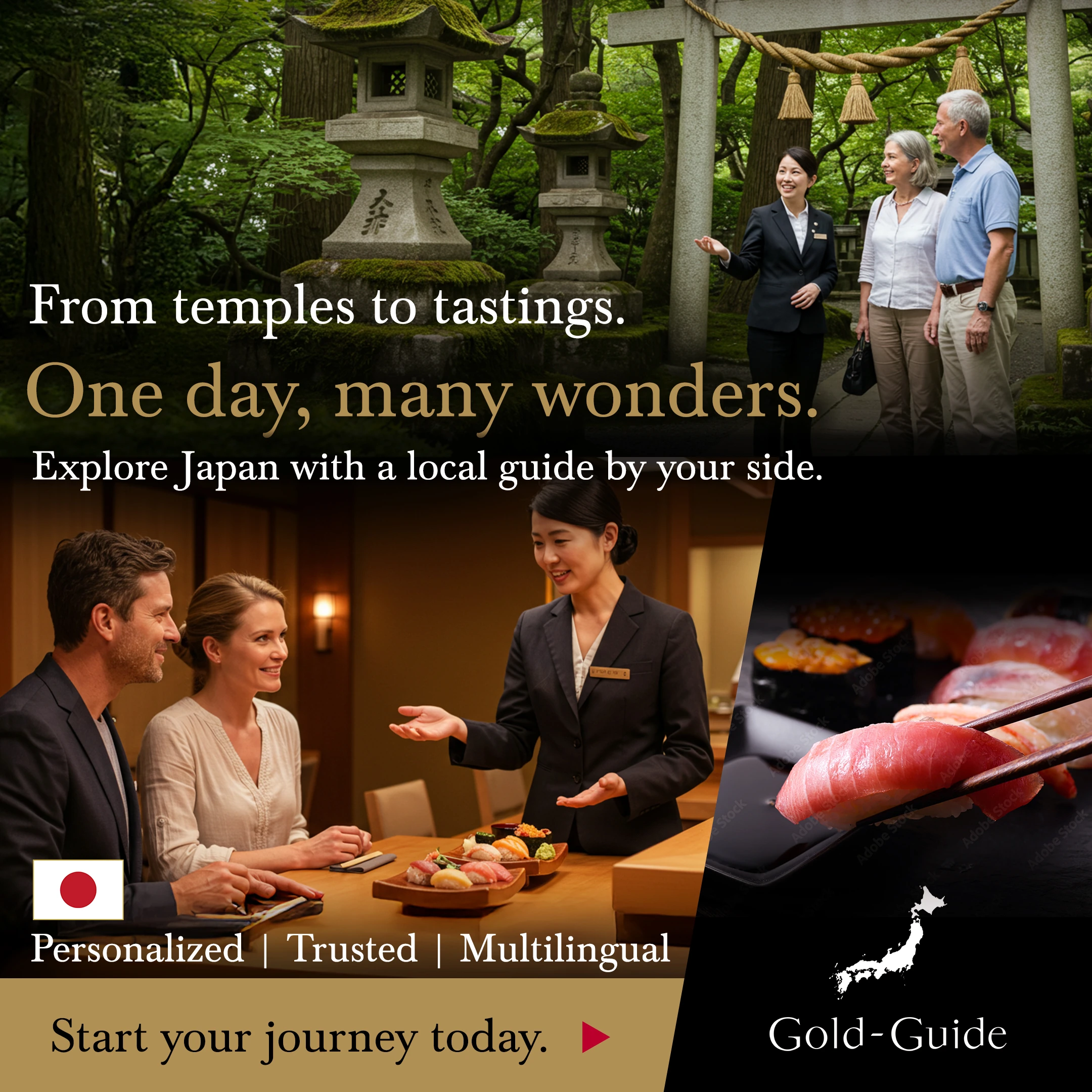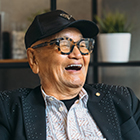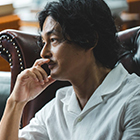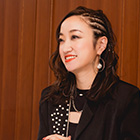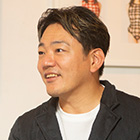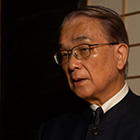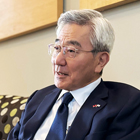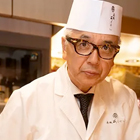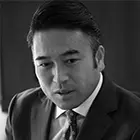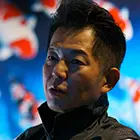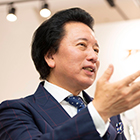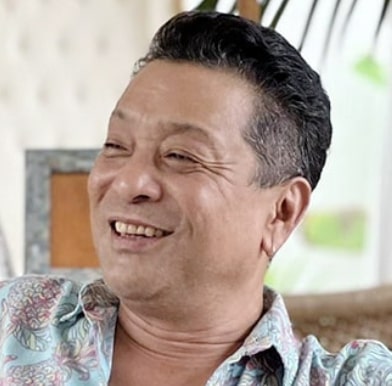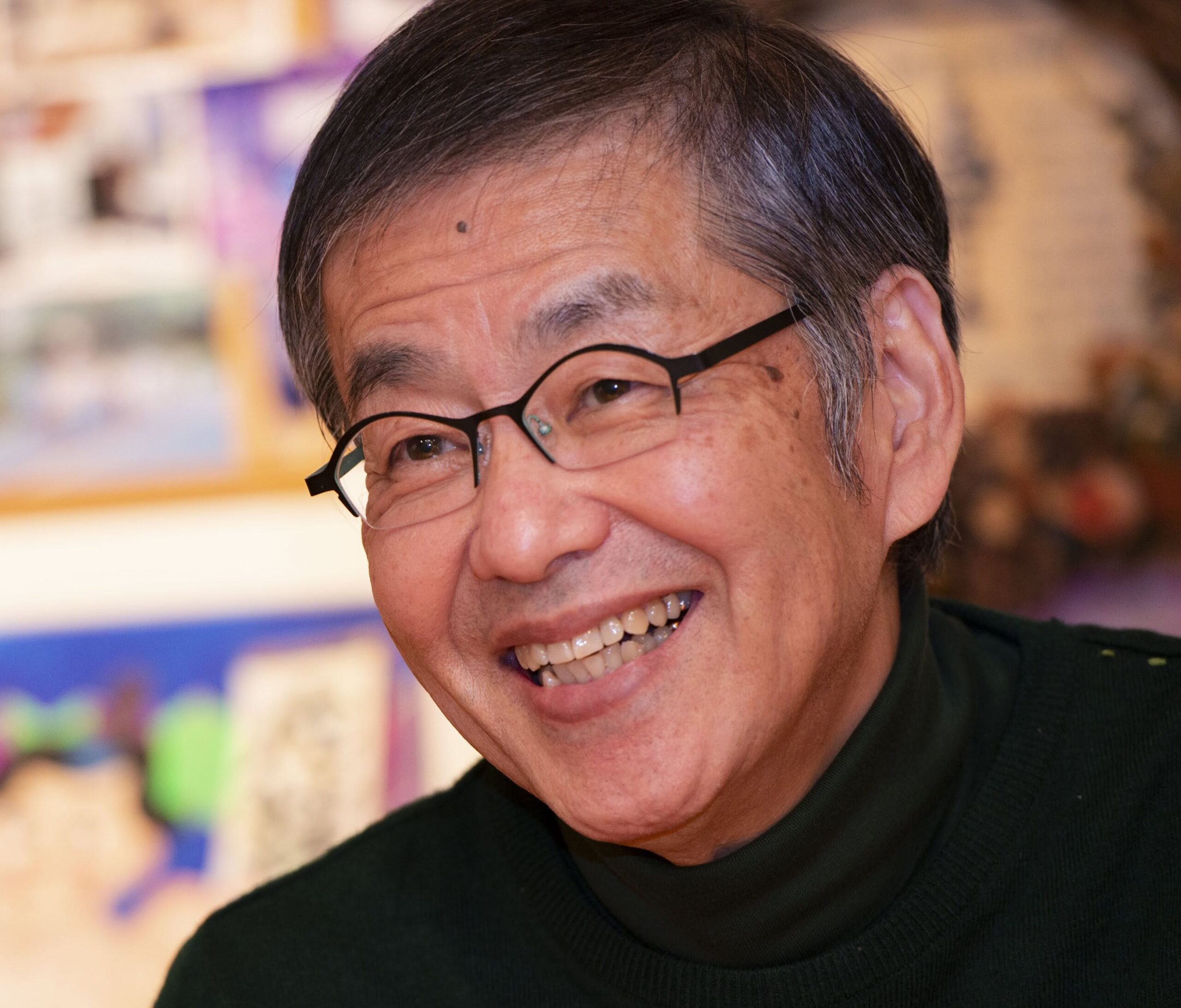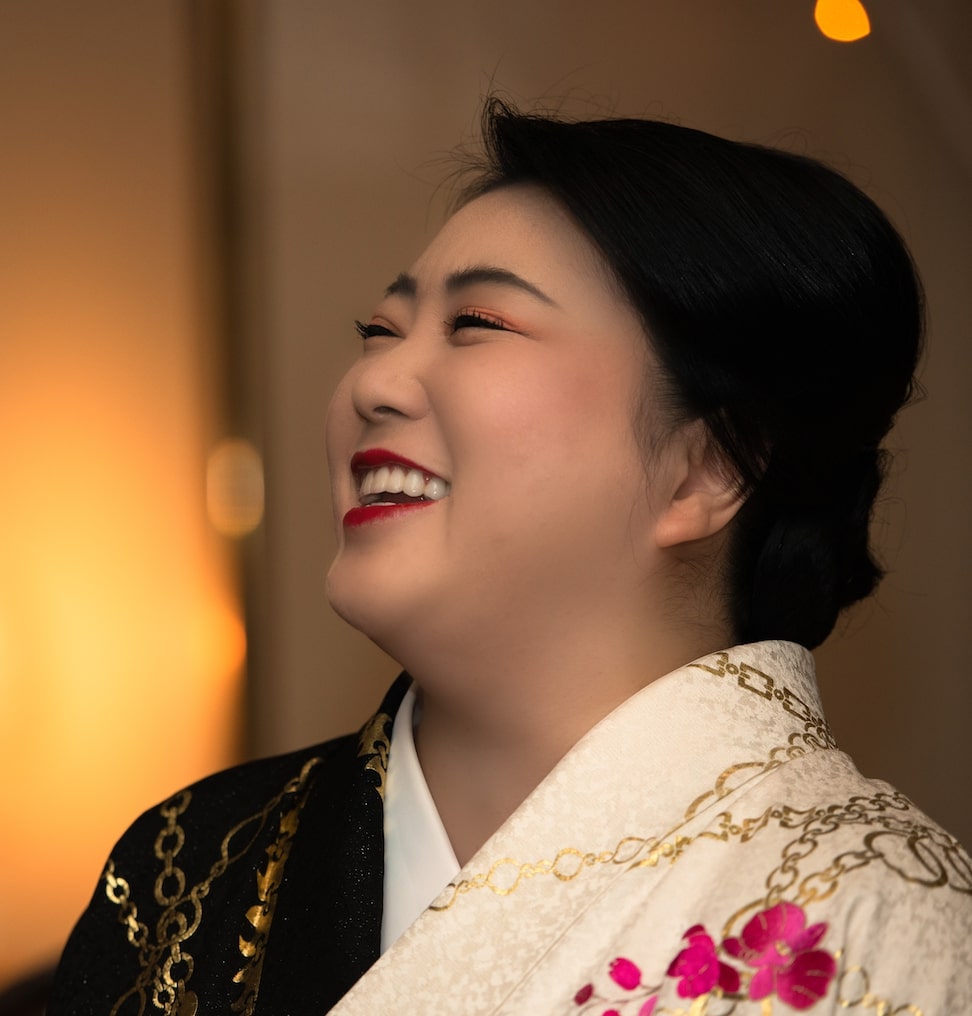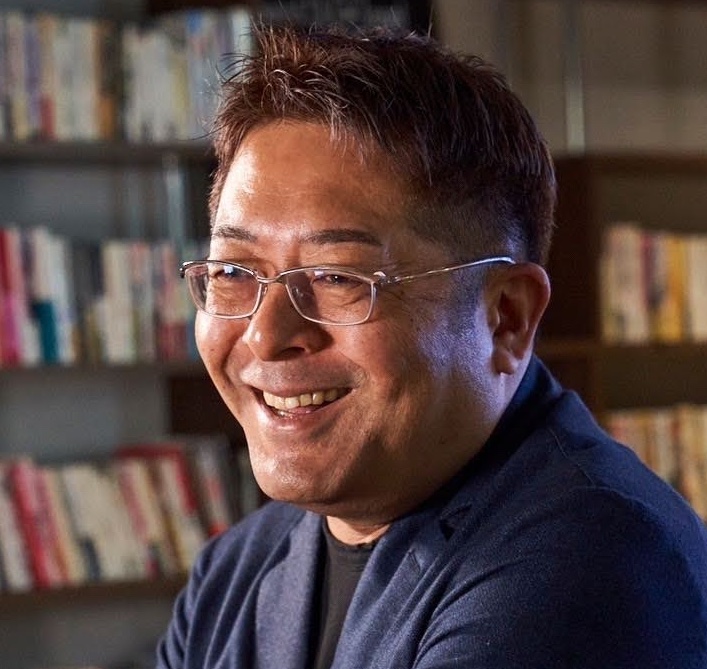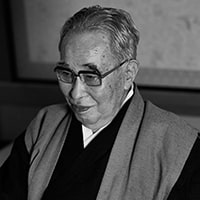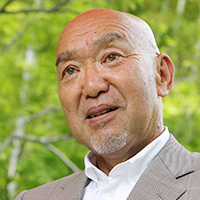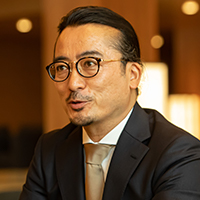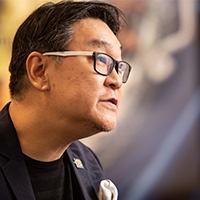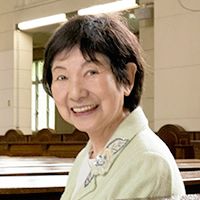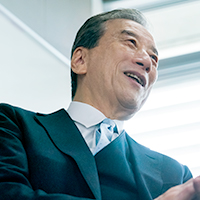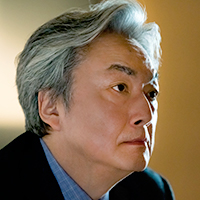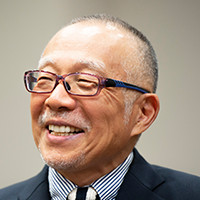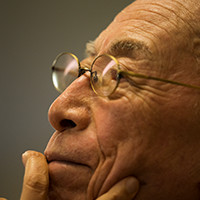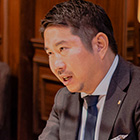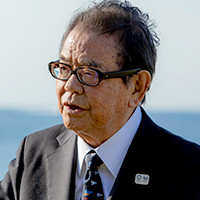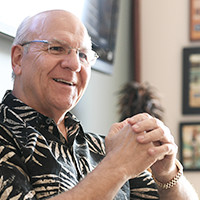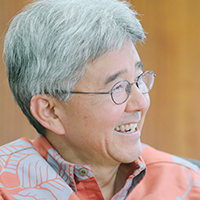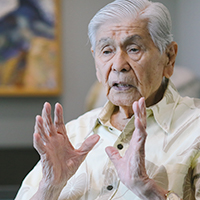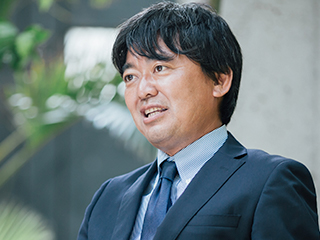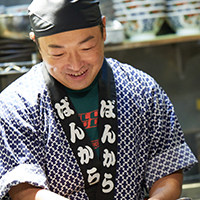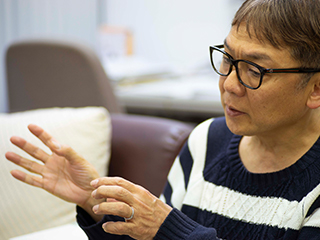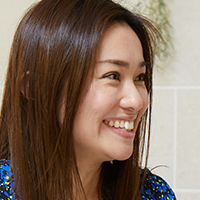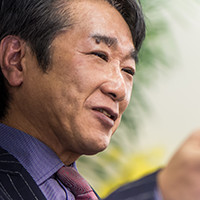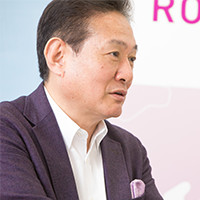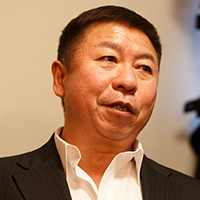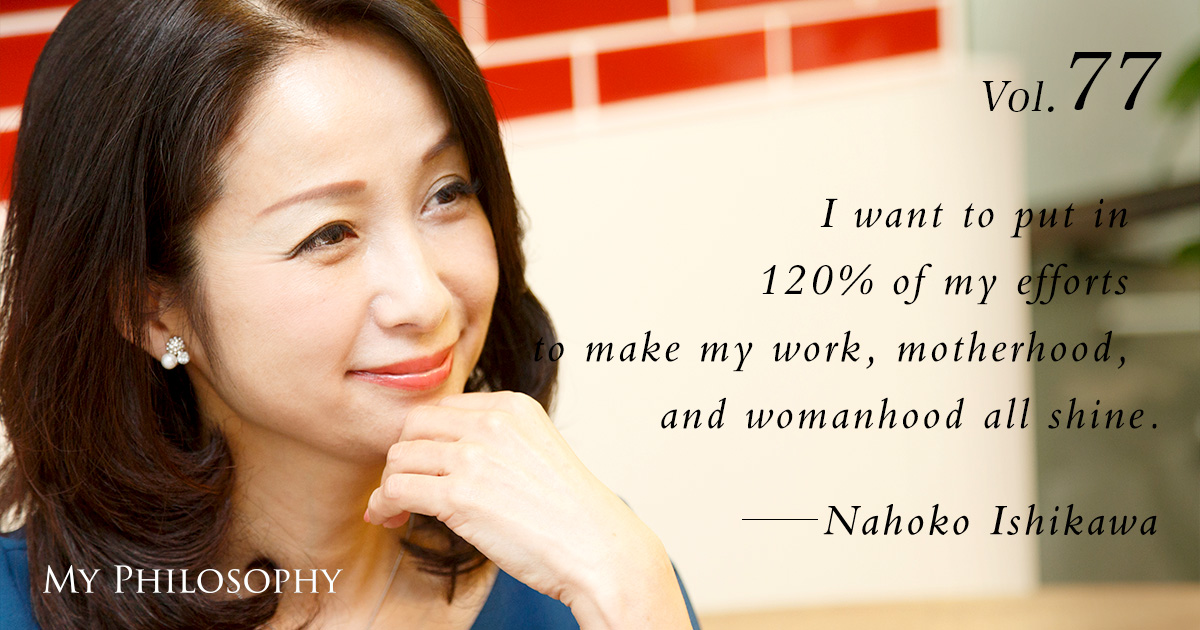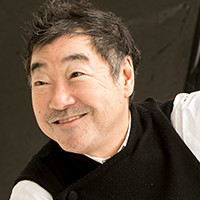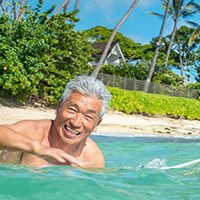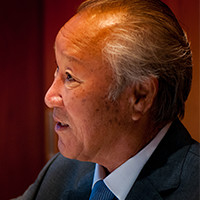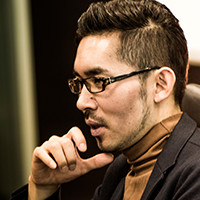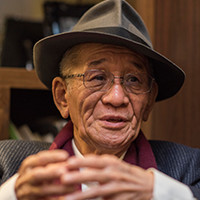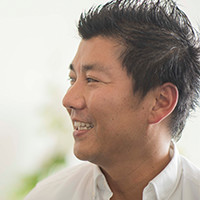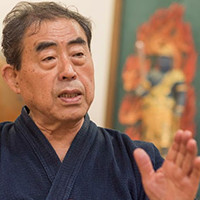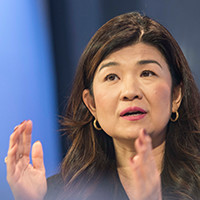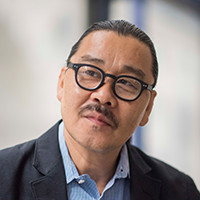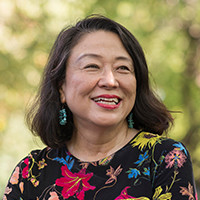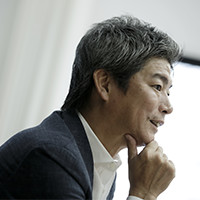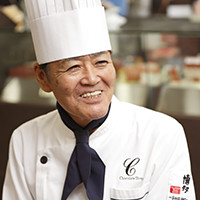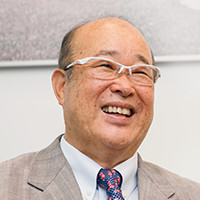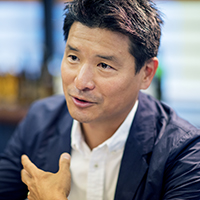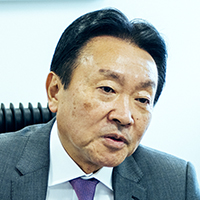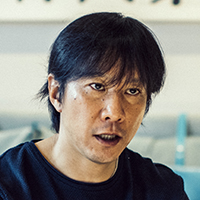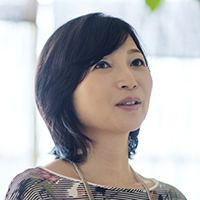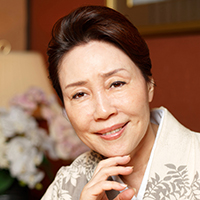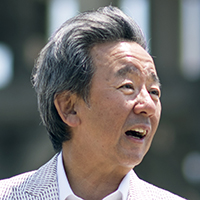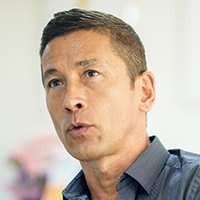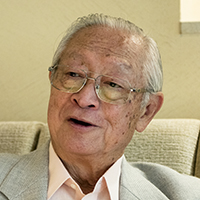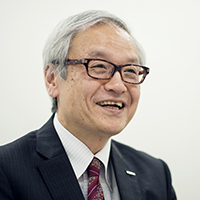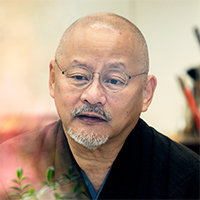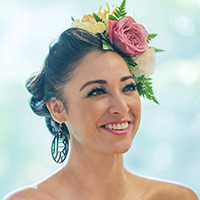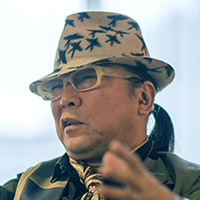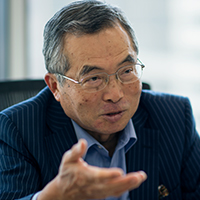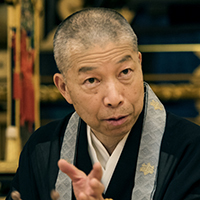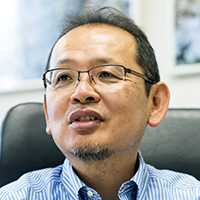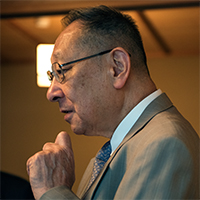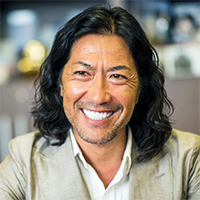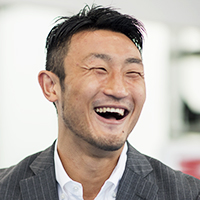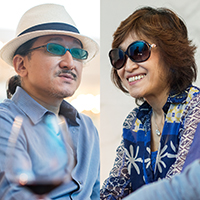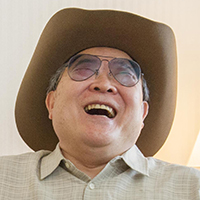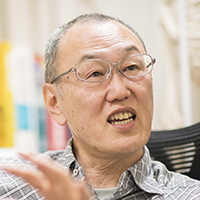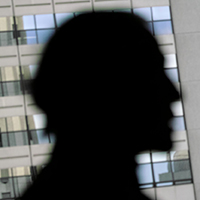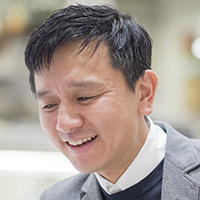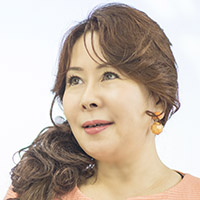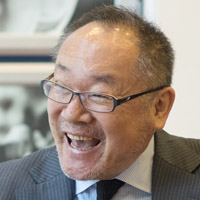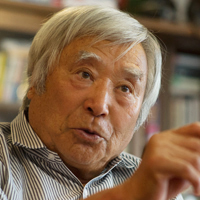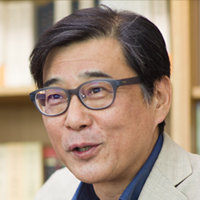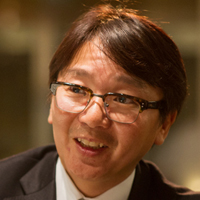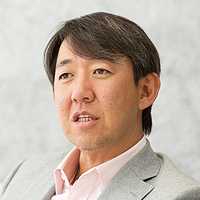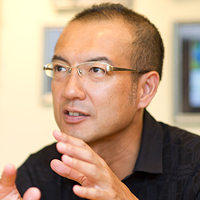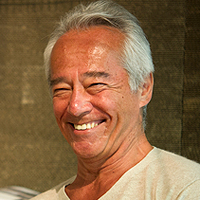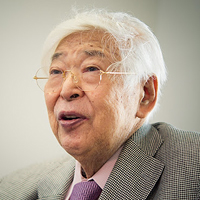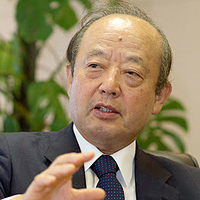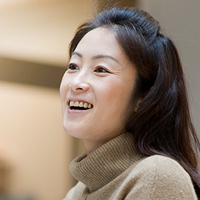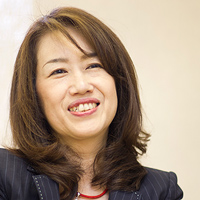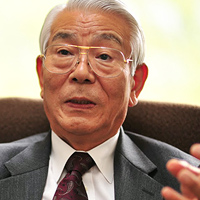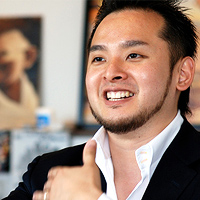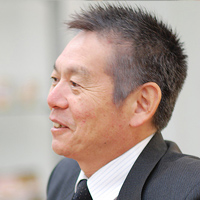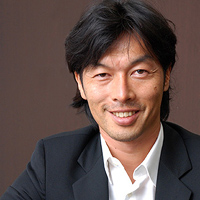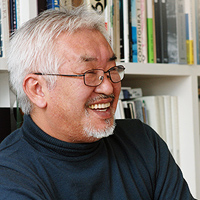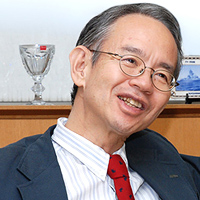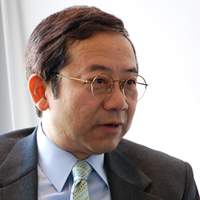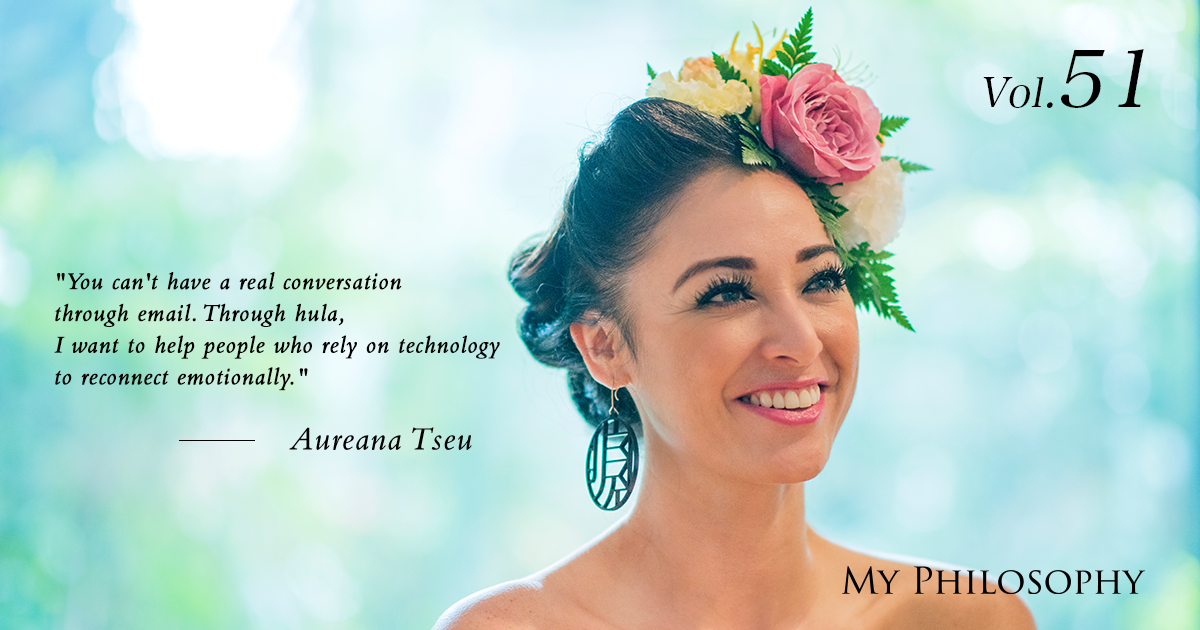
Aureana Tseu, a hula dancer admired by many, including numerous fans in Japan. What message does she wish to convey through the art of hula?
Profile
Vol.51 Aureana Tseu
Hula Artist
Born in 1983 in Mililani, Hawaii, USA, Aureana Tseu graduated from Kamehameha Schools. As the third daughter of the renowned Iwalani Tseu, she began dancing hula at the age of three. She learned hula and Tahitian dance from her mother and also studied various Asian dances, including Polynesian dance, jazz dance, and belly dance. Her dance performances and beauty have earned her numerous awards. Known as "Ka Nani a Hawaii," she symbolizes the beauty of Hawaii and has expanded her presence globally.
In 1999, she won Miss Hawaii Teen USA, and in 2007, she was the first runner-up in the Miss Aloha Hula category at the prestigious Merrie Monarch Festival. In 2009, she was crowned Miss Hawaii USA. In 2014, she moved to Tahiti alone to pursue performance and participated in Tahiti Heiva 2014. She has performed extensively in Japan, collaborating with various artists and producing shows. Currently, she teaches hula, Tahitian, and other Polynesian dances worldwide, including in Japan, China, Taiwan, and Korea.
*Titles and positions are as of the interview date (September 2016).
Hula as a Form of Emotional Expression
 Hula is a cultural identity in Hawaii. In ancient times, the Hawaiian language had no written form, and traditions, history, and many stories were passed down through hula. The letters currently in use were created by missionaries who came to Hawaii and needed a written form, substituting the sounds they heard with the alphabet. When people speak, they use facial expressions and body language in addition to words. Hula is a similar form of expression, where each dance conveys various meanings and messages. Since my mother was a professional hula dancer and ran a dance school, hula has been a part of my daily life from a young age and is deeply ingrained in my life. Through hula, I always feel connected to Hawaii, and even when I am abroad, I do not lose my sense of identity.
There is a very deep connection between Japan and Hawaii. The last king, King Kalakaua, visited Yokohama. When Hawaii became a part of the United States, labor contracts were made with Japan, Korea, and China for the export of sugarcane, bringing many Japanese workers to Hawaii. This has led to the adoption of many Japanese customs, such as removing shoes before entering a house and having rice as a staple food. I believe hula is widely accepted by Japanese people because of these historical and cultural connections.
Hula is a cultural identity in Hawaii. In ancient times, the Hawaiian language had no written form, and traditions, history, and many stories were passed down through hula. The letters currently in use were created by missionaries who came to Hawaii and needed a written form, substituting the sounds they heard with the alphabet. When people speak, they use facial expressions and body language in addition to words. Hula is a similar form of expression, where each dance conveys various meanings and messages. Since my mother was a professional hula dancer and ran a dance school, hula has been a part of my daily life from a young age and is deeply ingrained in my life. Through hula, I always feel connected to Hawaii, and even when I am abroad, I do not lose my sense of identity.
There is a very deep connection between Japan and Hawaii. The last king, King Kalakaua, visited Yokohama. When Hawaii became a part of the United States, labor contracts were made with Japan, Korea, and China for the export of sugarcane, bringing many Japanese workers to Hawaii. This has led to the adoption of many Japanese customs, such as removing shoes before entering a house and having rice as a staple food. I believe hula is widely accepted by Japanese people because of these historical and cultural connections.
Rediscovering Emotional Connections
 Japanese people are generally quite shy. They are very serious and do not often like to show emotions such as happiness, sadness, or anger. Hula allows them to express feelings for family, friends, and loved ones without using words. A good way to become comfortable with expressing emotions is to put yourself in the situation of the story being told. When I teach hula, I first talk about the background of the song and the songwriter, encouraging students to imagine themselves as the songwriter. Knowing the background of the song helps connect it with their emotions. Everyone has various emotions, and while they may not always express them well, they can still empathize. By internalizing the story and thinking about how it makes them feel and act, they can express emotions through their bodies. Teaching the meaning of the song, not just the dance, is also important.
Experiencing hula helps people understand that expressing emotions feels good, making them more inclined to be proactive, meet other hula dancers, and engage more. A hula group is like a second family. When you can’t seek help from your real family or feel embarrassed to talk to your parents, you can turn to your hula teacher and fellow dancers. Hula groups are wonderful support systems. In today’s world, while technology has made life more convenient, it has also led to a loss of human connections. Most conversations happen through email, which cannot convey emotions effectively. I want to help people break free from this one-dimensional world by reconnecting with nature, others, and their inner selves. Joining a hula group naturally involves interacting with others, which helps restore emotional connections.
Japanese people are generally quite shy. They are very serious and do not often like to show emotions such as happiness, sadness, or anger. Hula allows them to express feelings for family, friends, and loved ones without using words. A good way to become comfortable with expressing emotions is to put yourself in the situation of the story being told. When I teach hula, I first talk about the background of the song and the songwriter, encouraging students to imagine themselves as the songwriter. Knowing the background of the song helps connect it with their emotions. Everyone has various emotions, and while they may not always express them well, they can still empathize. By internalizing the story and thinking about how it makes them feel and act, they can express emotions through their bodies. Teaching the meaning of the song, not just the dance, is also important.
Experiencing hula helps people understand that expressing emotions feels good, making them more inclined to be proactive, meet other hula dancers, and engage more. A hula group is like a second family. When you can’t seek help from your real family or feel embarrassed to talk to your parents, you can turn to your hula teacher and fellow dancers. Hula groups are wonderful support systems. In today’s world, while technology has made life more convenient, it has also led to a loss of human connections. Most conversations happen through email, which cannot convey emotions effectively. I want to help people break free from this one-dimensional world by reconnecting with nature, others, and their inner selves. Joining a hula group naturally involves interacting with others, which helps restore emotional connections.
Inner Beauty
 “Aʻohe hala ʻula i ka po.” This is one of my favorite Hawaiian proverbs, meaning “The special flower that blooms on the hala tree does not show its true color in the darkness.” The inner part of a person is mysterious and unique to each individual. As an instructor, I support bringing out this inner part, helping to express its colors in various forms. I want each of my students to become beautiful from within. Unless you feel beautiful within yourself, others will not perceive you as beautiful. Beautiful things should be seen, admired, and respected by others. Let’s bring out your inner beautiful colors. Through hula, I guide you to feel and believe in yourself. This is my teaching style.
“Aʻohe hala ʻula i ka po.” This is one of my favorite Hawaiian proverbs, meaning “The special flower that blooms on the hala tree does not show its true color in the darkness.” The inner part of a person is mysterious and unique to each individual. As an instructor, I support bringing out this inner part, helping to express its colors in various forms. I want each of my students to become beautiful from within. Unless you feel beautiful within yourself, others will not perceive you as beautiful. Beautiful things should be seen, admired, and respected by others. Let’s bring out your inner beautiful colors. Through hula, I guide you to feel and believe in yourself. This is my teaching style.
My Future Path
 I have been active as a professional artist, but now I no longer feel the need to be in the spotlight. Moving forward, I want to focus on stage production and the development of dancers. Additionally, I have a dream of creating Polynesian and hula dance shows with a musical flair, incorporating elements of Hawaiian history and culture so that people can enjoy the show while learning about Hawaii. I am pleased to have been entrusted with the show for the “Merrie Monarch Festival,” often referred to as the Olympics of hula, which will be held in 2020. Thirty-five invited groups, including those from Japan, will participate. Since this event is held in my hometown, I want to make it the best show possible as an entertainer, director, writer, choreographer, and costume designer.
A Hawaiian cultural expert once taught me that “If you don’t get the basics right, you can’t tamper with traditional culture.” I am fortunate to have had the opportunity to learn traditional dance, language, and everything else, and I am confident that I have mastered the fundamentals. Therefore, I believe that I can build new things and think advanced without being stuck in stereotypes. I respect tradition and take on new challenges by following the right procedures.
I have been active as a professional artist, but now I no longer feel the need to be in the spotlight. Moving forward, I want to focus on stage production and the development of dancers. Additionally, I have a dream of creating Polynesian and hula dance shows with a musical flair, incorporating elements of Hawaiian history and culture so that people can enjoy the show while learning about Hawaii. I am pleased to have been entrusted with the show for the “Merrie Monarch Festival,” often referred to as the Olympics of hula, which will be held in 2020. Thirty-five invited groups, including those from Japan, will participate. Since this event is held in my hometown, I want to make it the best show possible as an entertainer, director, writer, choreographer, and costume designer.
A Hawaiian cultural expert once taught me that “If you don’t get the basics right, you can’t tamper with traditional culture.” I am fortunate to have had the opportunity to learn traditional dance, language, and everything else, and I am confident that I have mastered the fundamentals. Therefore, I believe that I can build new things and think advanced without being stuck in stereotypes. I respect tradition and take on new challenges by following the right procedures.

Aureana Tseu, Hula Artist
This time, we had the honor of featuring Aureana Tseu, a highly popular figure in the world of hula. This was our first interview in English, but I believe we successfully captured the nuances of the English content into Japanese. What left the most impression on me was Aureana’s powerful gaze and her vibrant, energetic smile. She also practices flower art, and she used the flowers we gave her to style her hair on the spot, adding a touch of elegance to the photographs. As Aureana Tseu expands her activities as a mentor, we will continue to support her as a fellow who embodies the courage to take action!
September 2016 at Art Space Pema.Translated by ILI Inc.








